There are a wide variety of steel shapes available. The most common shapes are listed below; however, many manufacturers have special shapes.
The nomenclature for steel shapes follows two standards:
- For wide flange, bearing pile, S-shapes, channels, and tees: the letter indicates the shape, the first number indicates the nominal height, and the second number indicates the weight per 1 foot of length. For instance, the W12x36 listed in the table below is a wide flange shape that has a nominal height of 12" and weighs 36 pounds per foot of length.
- For steel tubes, pipes, plates, and angles: the 3 numbers indicate the height, width, and thickness of the steel.
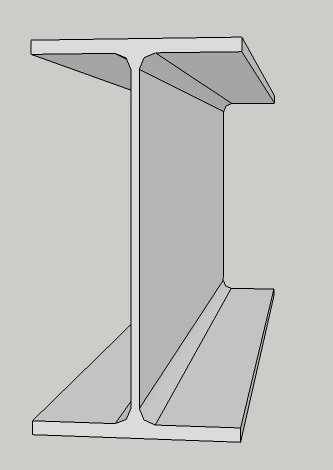
Wide Flange
Nomenclature: W12x36
Flange surfaces are parallel; flange thickness is not necessarily equal to the web thickness.
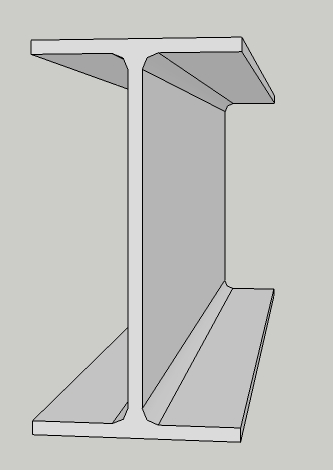
Bearing Pile
Nomenclature: HP14x73
Flange surfaces are parallel; flange and web have equal thicknesses.
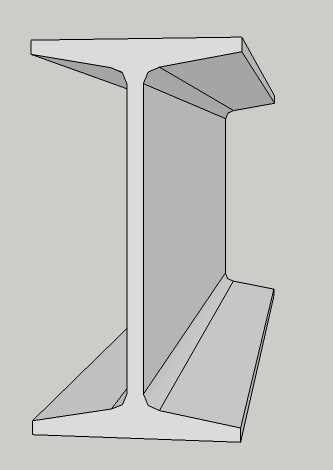
American Standard Beam
Nomenclature: S15x50
The inner flange surface is sloped.
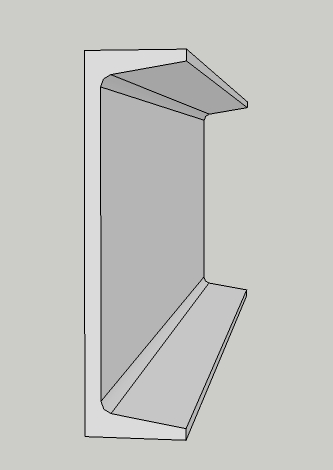
Channel
Nomenclature: C12x30
Standard AISC flanges have sloped inner flange surfaces.
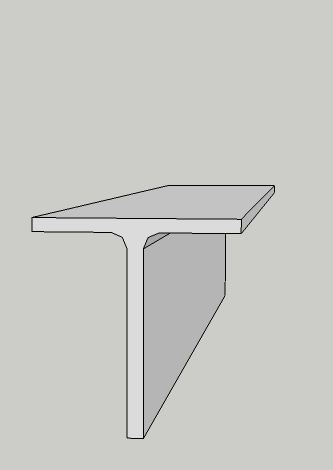
Tee
Nomenclature: WT12x38, ST12x38, MT12x38
WT shapes are cut from a wide flange.
ST shapes are cut from American Standard Beams.
MT shapes are cut from non-standard I-shapes.
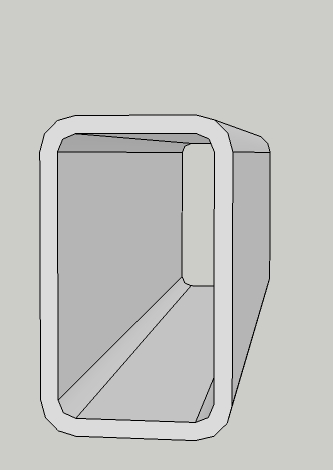
Hollow Steel Section or Steel Tube
Nomenclature: HSS12x6x0.5, TS12x6x0.5
Either nomenclature is acceptable; however, HSS is more common.
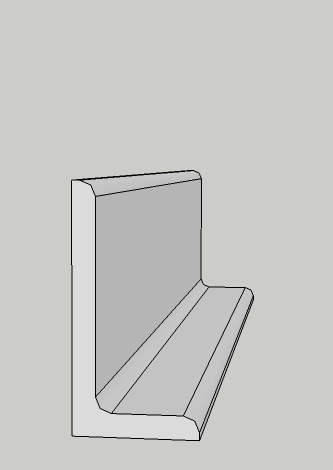
Angle
Nomenclature: L2x2x0.5, L6x3x0.5
Angles come in equal leg or unequal leg sizes. The diagram at left shows an unequal leg.
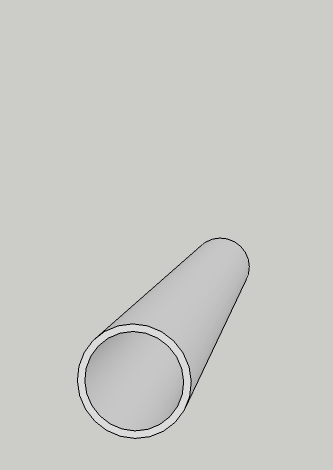
Pipe
Nomenclature: Pipe 4 STD
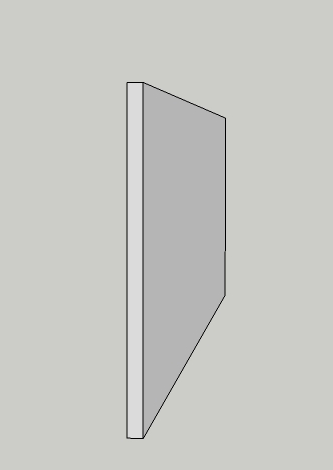
Plate
Nomenclature: PL 0.5x12"x30"
Very small plates can also be called bars.


